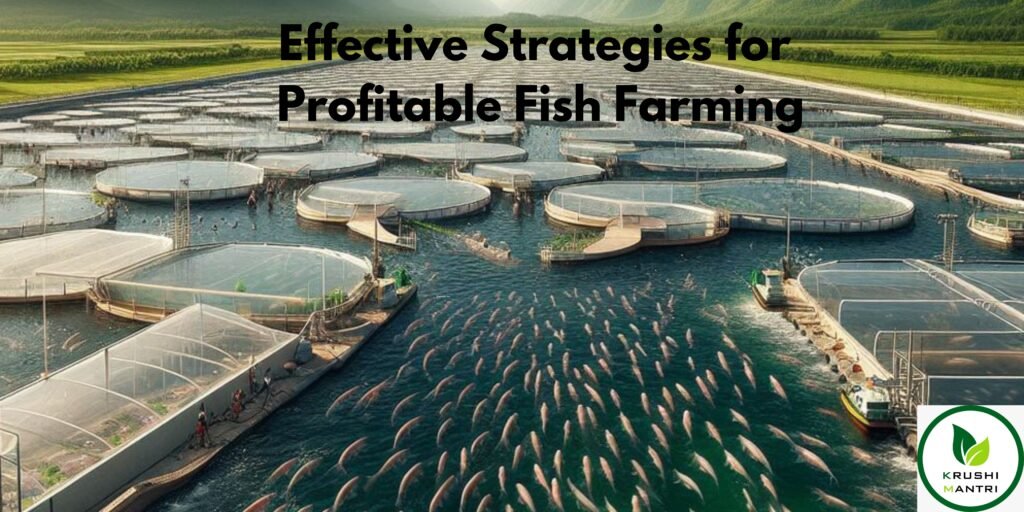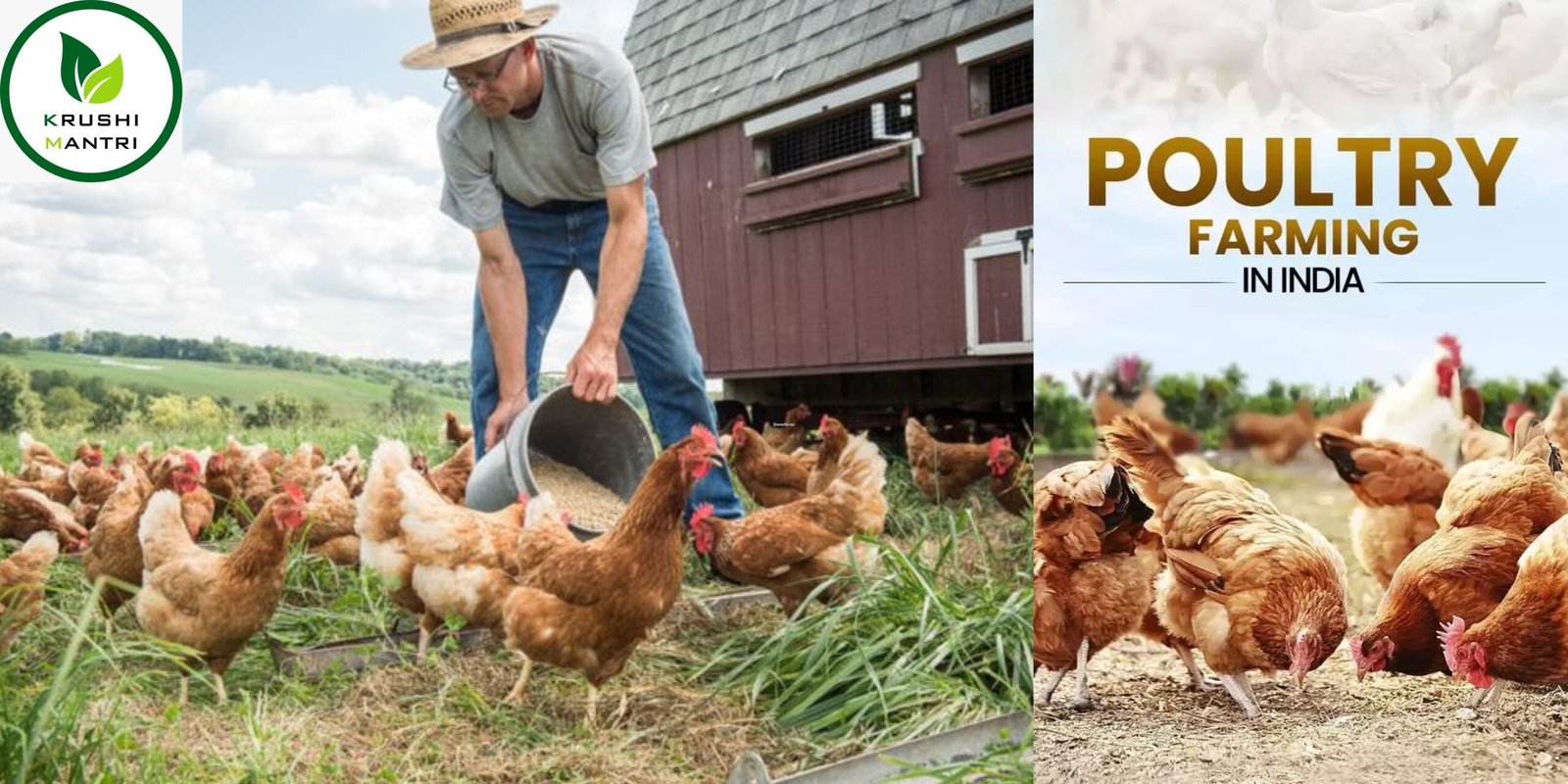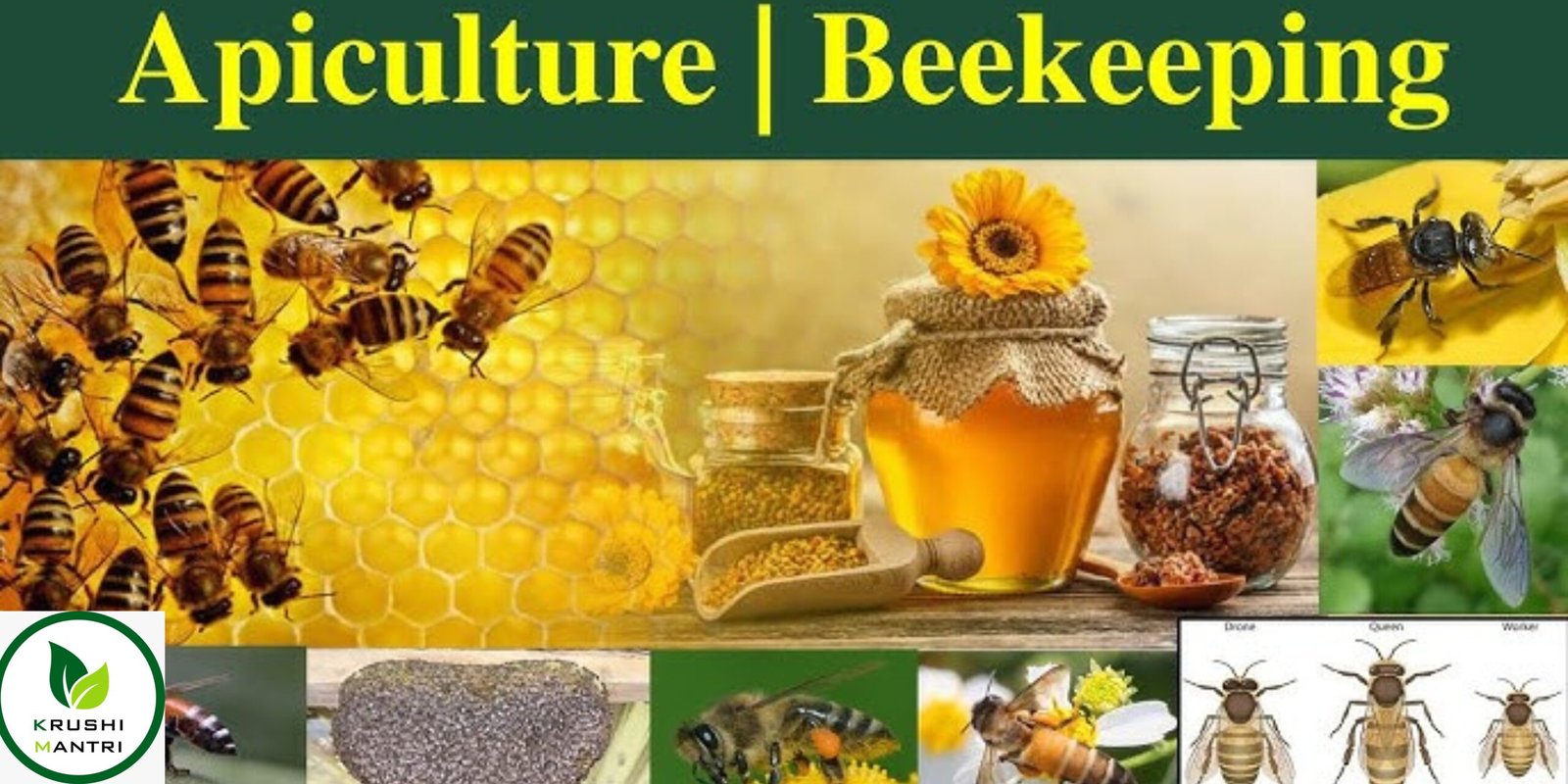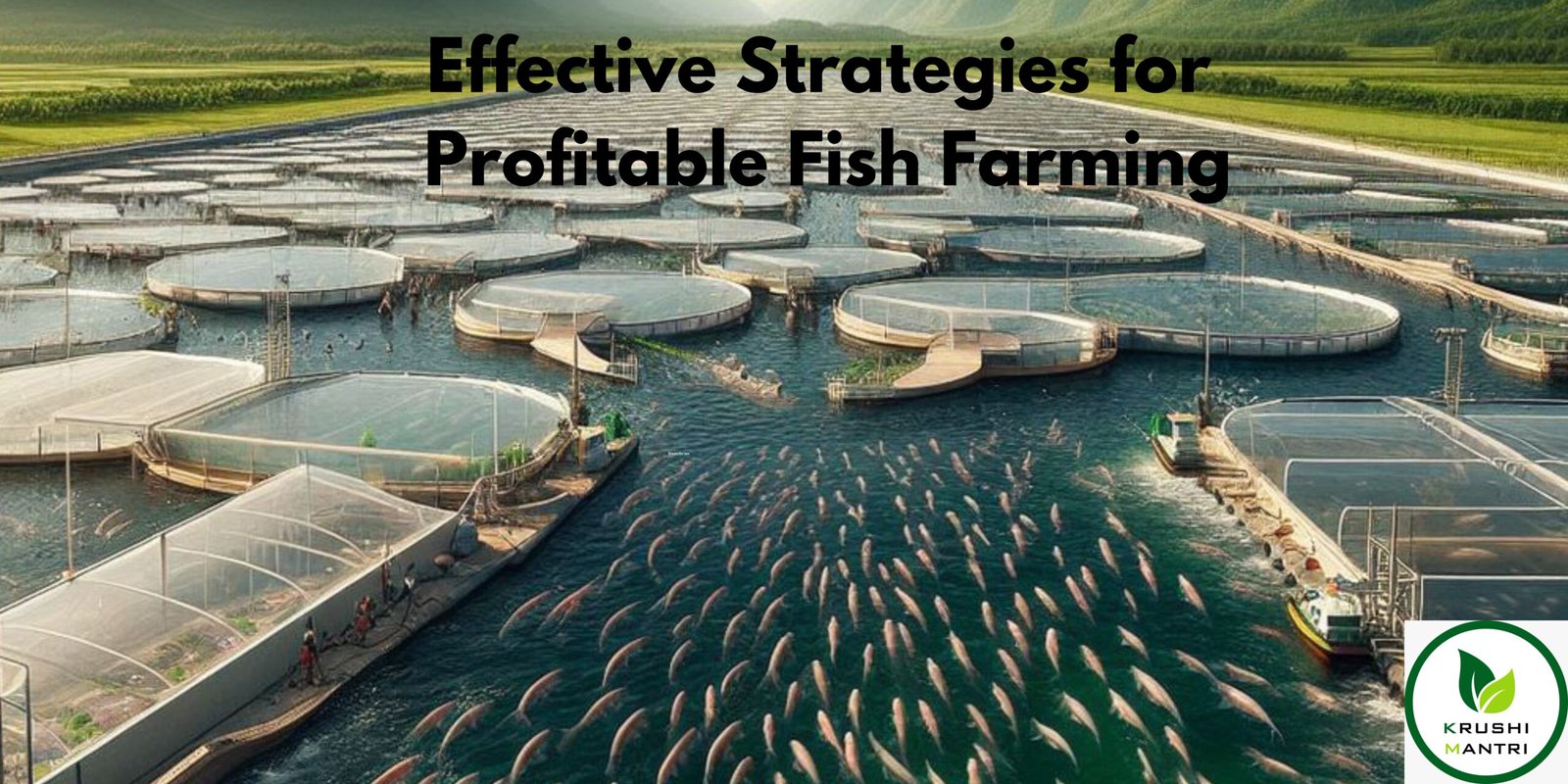Poultry farm insurance is essential for protecting your farming business from various risks, such as accidents, diseases, theft, and natural disasters. It covers key aspects like livestock, property, liability, and business interruptions. Livestock insurance safeguards against the loss of poultry due to disease or other threats, while property insurance protects the farm’s infrastructure, including sheds and equipment. Liability coverage helps with legal and medical costs in case of accidents involving workers or visitors, and business interruption insurance compensates for financial losses due to disruptions like disease outbreaks or extreme weather. Investing in comprehensive poultry farm insurance provides peace of mind, allowing you to mitigate risks and focus on growing your business with confidence.
Understanding Poultry Farming
Poultry farming involves the domestication and breeding of birds such as chickens, ducks, and quails primarily for their eggs and meat. Among these, layer farming (egg production) is one of the most common and profitable options for beginners.
Key Benefits of Poultry Farming in India:
- Government subsidies and support under schemes like NABARD.
- High demand for poultry products year-round.
- Fast-growing and high-yield business.
- Minimal startup costs compared to other livestock farming.
- Opportunities to scale based on market demand.
Starting a Poultry Farm Business
Step 1: Research and Planning
- Market Research: Understand the demand for poultry products in your area.
- Target Audience: Define whether your focus is on retail customers, wholesale buyers, or businesses like bakeries and hotels.
- Business Plan: Include goals, startup costs, target production, and marketing strategies.
Step 2: Choose a Niche
- Layer Farming: Focus on egg production.
- Broiler Farming: Raise chickens for meat.
- Specialty Birds: Breed ducks, quails, or turkeys for niche markets.
Step 3: Licensing and Permits
- Register your farm with the local panchayat or municipal authorities.
- Obtain necessary permits from the Animal Husbandry Department.
- Comply with biosecurity, animal welfare, and environmental regulations.
Egg Poultry Farm
Egg production requires layer birds that are specially bred for laying eggs. Key factors for success include:
Selecting Birds:
- Choose high-yield breeds like White Leghorn, Rhode Island Red, or indigenous varieties like Kadaknath for their nutritional value and market demand.
Diet and Nutrition:
- Provide a balanced diet rich in proteins, vitamins, and minerals.
- Incorporate calcium for strong eggshells. Use feeds sourced locally to reduce costs.
Health Management:
- Vaccinate birds against common diseases like Newcastle disease and avian influenza.
- Regularly check for signs of illness and maintain biosecurity measures.
Optimal Conditions:
- Maintain a consistent light schedule (14-16 hours of light per day).
- Ensure proper ventilation and temperature control.
Designing Poultry Farm Shed
Poultry farm shed are critical for housing birds and ensuring optimal productivity. Consider these factors when constructing sheds:
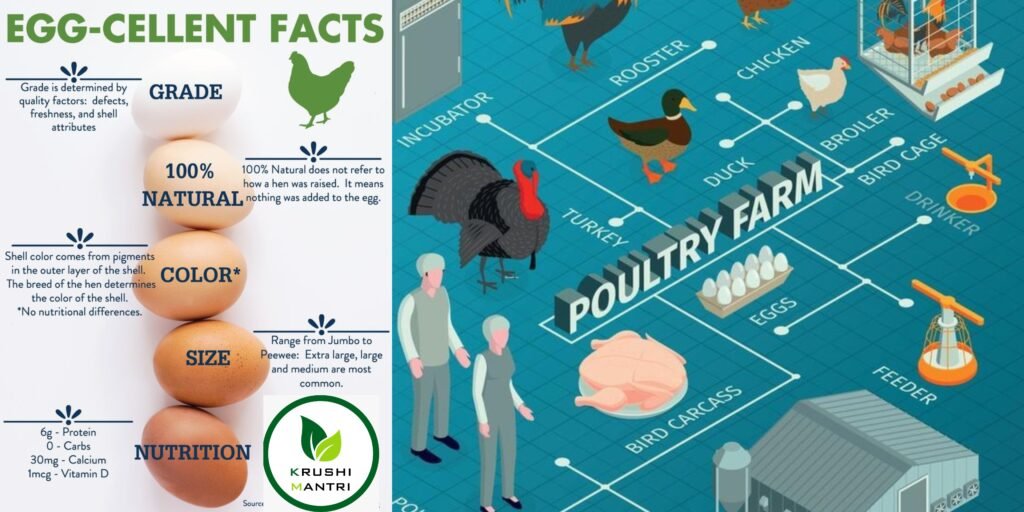
1. Shed Design:
- Open-sided Sheds: Ideal for most regions in India with moderate climates.
- Environmentally Controlled Sheds: Suitable for extreme weather conditions; these are equipped with temperature, humidity, and ventilation controls.
2. Space Requirements:
- Layers: 1.5-2 sq. ft. per bird.
- Broilers: 1 sq. ft. per bird.
3. Flooring and Bedding:
- Use concrete flooring for easy cleaning.
- Add bedding material like rice husk or wood shavings to absorb moisture.
4. Feeding and Watering Systems:
- Install semi-automated feeding systems to reduce labor costs.
- Use nipple drinkers or water troughs for easy access to water.
5. Waste Management:
- Install a proper drainage system.
- Compost poultry litter for use as organic fertilizer or sell it to nearby farms.
Poultry Farm Insurance Coverage in India
Insurance is essential to protect your poultry farm from unforeseen risks such as disease outbreaks, natural disasters, and theft. Here are the key coverage options:
1. Livestock Insurance:
- Covers the loss of birds due to diseases, accidents, or natural calamities.
- Policies are offered by providers like the Agriculture Insurance Company of India (AIC).
2. Property Insurance:
- Protects sheds, equipment, and other assets from fire, floods, and theft.
3. Business Interruption Insurance:
- Compensates for income loss due to disruptions caused by covered events.
4. Liability Insurance:
- Covers legal liabilities arising from injuries or damages caused by farm operations.
Tips for Choosing Insurance:
- Compare policies from multiple providers, including government-backed and private insurers.
- Understand the terms, conditions, and exclusions.
- Regularly update coverage based on farm expansion.
Cost Breakdown for Starting a Poultry Farm in India
The cost of starting a poultry farm varies depending on the scale and type of farming. Here is a general breakdown:
Initial Costs:
- Land purchase/lease: Varies by location.
- Shed construction: ₹2-8 lakhs.
- Equipment (feeders, drinkers, cages): ₹1-5 lakhs.
Operating Costs:
- Feed: 60-70% of total expenses.
- Vaccines and medications: ₹10,000-₹30,000 annually.
- Labor: Based on farm size and requirements.
Profit Margins:
- Layers typically produce 250-300 eggs annually, offering high returns on investment.
- Efficient management and disease control are critical for profitability.
Marketing Strategies for Poultry Products in India
Local Markets:
- Partner with grocery stores, restaurants, and bakeries.
- Sell directly to consumers through local mandis and farm-gate sales.
Online Sales:
- Leverage e-commerce platforms like BigBasket or your farm’s own website to reach a broader audience.
- Use social media platforms like Instagram and Facebook for promotions and customer engagement.
Branding:
- Highlight the quality and freshness of your products.
- Use eco-friendly packaging to attract environmentally conscious buyers.
- Emphasize organic or antibiotic-free eggs/meat to target health-conscious consumers.
Technology in Poultry Farming
1. Automated Feeding Systems:
Modern feeding systems reduce wastage and improve efficiency, especially for large-scale farms.
2. Climate-Controlled Sheds:
Advanced shed technology regulates temperature, humidity, and ventilation, ensuring bird health and productivity.
3. Poultry Management Software:
Tools like ERP systems help track inventory, manage finances, and monitor bird health.
4. IoT and Sensors:
- Sensors monitor environmental factors like ammonia levels, temperature, and humidity.
- Real-time alerts help prevent disease outbreaks.
Biosecurity Measures
Why Biosecurity is Essential:
Disease outbreaks are one of the biggest challenges in poultry farming, potentially wiping out entire flocks. Adopting strict biosecurity protocols minimizes risks.
Key Practices:
- Restrict farm access to authorized personnel only.
- Disinfect sheds, equipment, and feed regularly.
- Quarantine new birds before introducing them to the main flock.
- Maintain separate clothing and footwear for farm visits.
Alternative Revenue Streams
1. Compost Sales:
Poultry litter can be composted and sold as organic fertilizer to nearby farms.
2. Hatchery Business:
Establishing a hatchery allows you to sell chicks to other farmers, increasing profitability.
3. Value-Added Products:
Consider offering processed chicken products or packaged eggs to command higher prices.
Sustainability Practices
1. Water Management:
Install rainwater harvesting systems to ensure a reliable water supply.
2. Renewable Energy:
Use solar panels or biogas plants to reduce electricity costs.
3. Waste Recycling:
Convert farm waste into bio-energy or organic manure, promoting eco-friendly farming practices.
Challenges in Poultry Farming in India
- Disease Outbreaks: Regular health checks and vaccinations are crucial.
- Feed Costs: Monitor market trends to manage feed expenses effectively.
- Market Competition: Differentiate your products through quality and branding.
- Infrastructure Issues: Address power cuts and water shortages through backup systems.
Common Mistakes to Avoid
- Skipping Training: Attend poultry farming workshops or training sessions to enhance your knowledge.
- Overcrowding: Leads to stress, disease, and lower productivity.
- Ignoring Market Research: Understand demand trends and consumer preferences before starting.
- Poor Record Keeping: Maintain detailed records of expenses, production, and sales for better management.
Conclusion
Starting a poultry farm in India can be a rewarding business if managed efficiently. Focus on maintaining healthy birds, constructing suitable sheds, and securing comprehensive insurance coverage to safeguard your investment. With proper planning, adherence to government guidelines, and effective marketing, your poultry farm can thrive and provide a sustainable source of income.
- How to Correct Your Farmer ID Online: A Step-by-Step Guide for Indian Farmers

- Unlocking the Potential of Sugarcane Production in Maharashtra: Expert Tips for Farming, Harvesting, and Marketing

- Apiculture- 6Essential Steps to Build a Thriving Honey Bee Farm
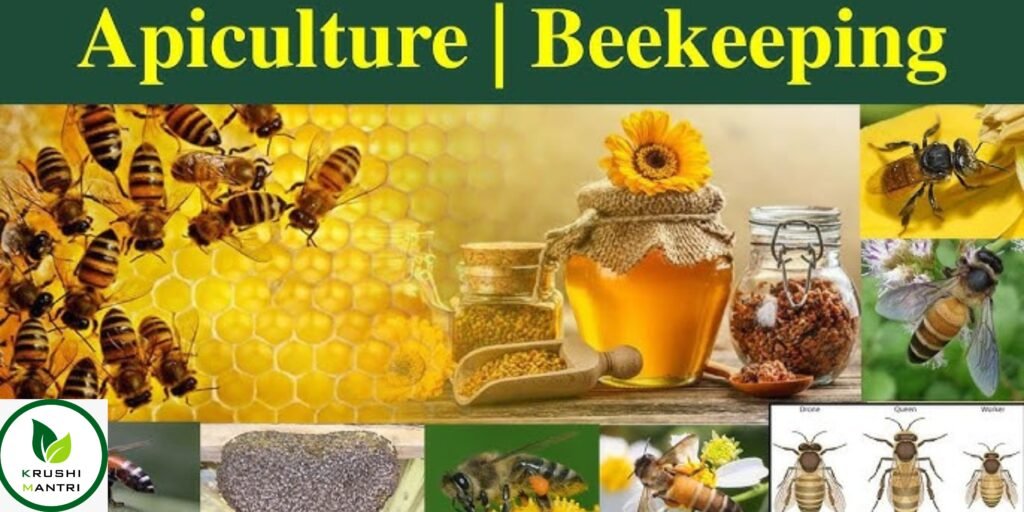
- Comprehensive Guide to Starting a Poultry Farm Business: Egg Production, Sheds, and Poultry Farm Insurance Coverage
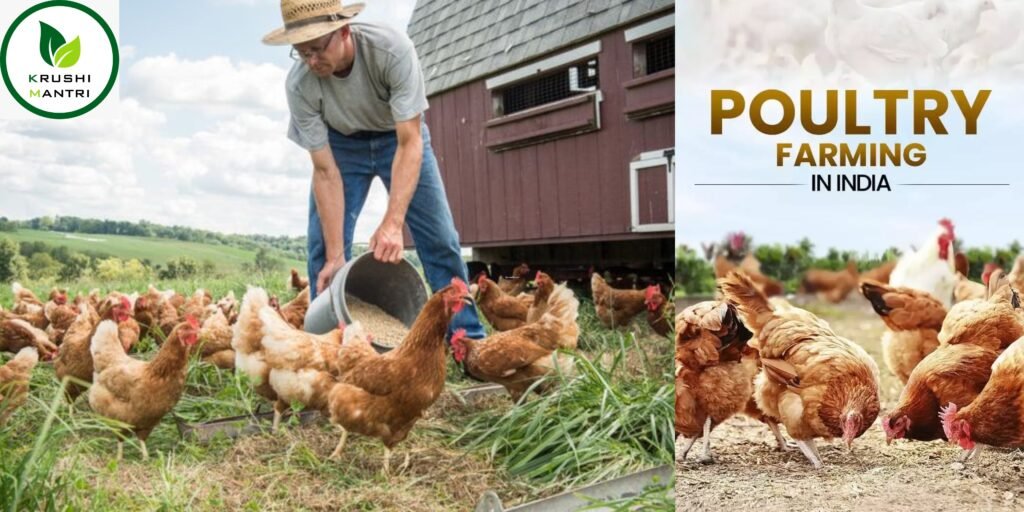
- A Complete Guide to Sandalwood Tree Farming: Red and White Sandalwood

- Rohu, Salmon Fish Farming: 4 Effective Strategies for (Types, Care, and Area-Specific Guidance)
